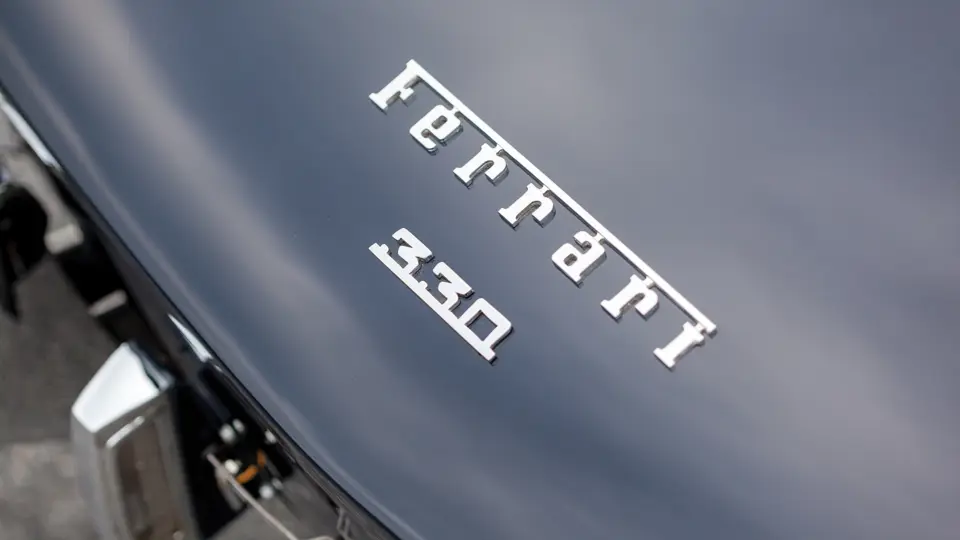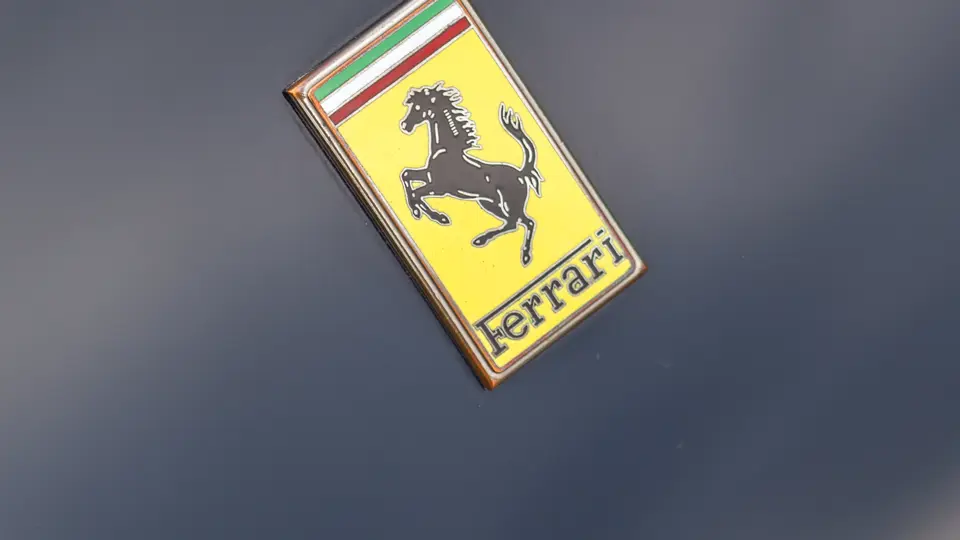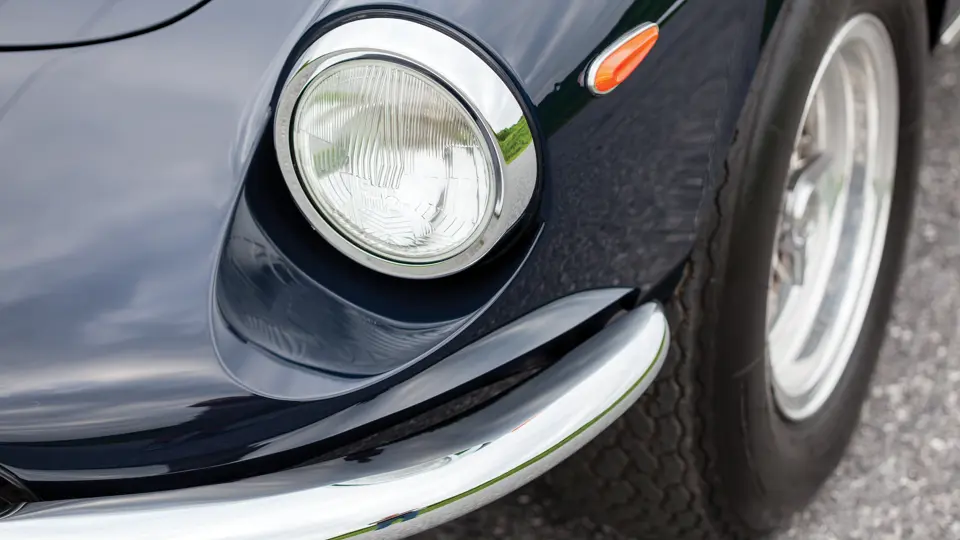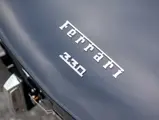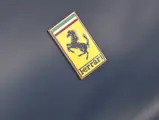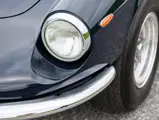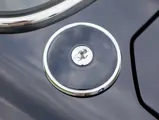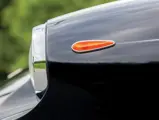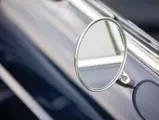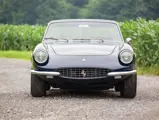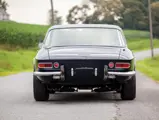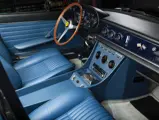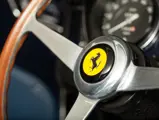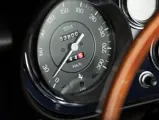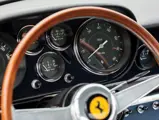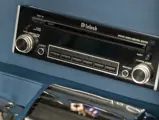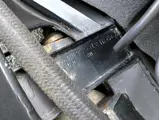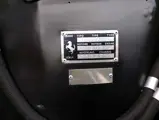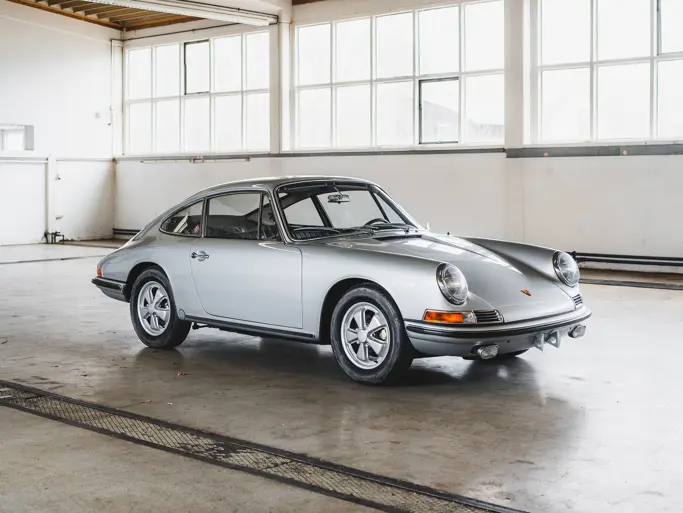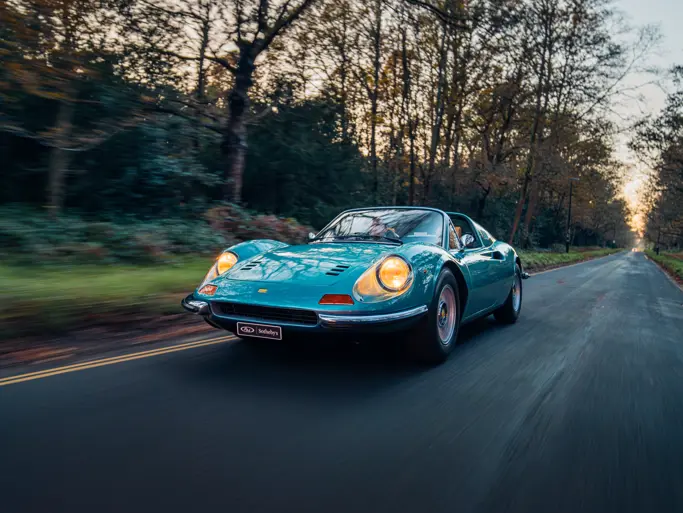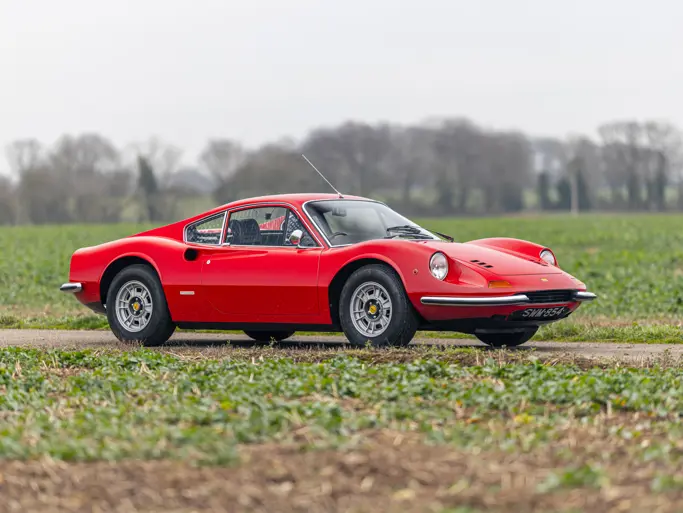300 bhp, 3,967 cc SOHC V-12 engine with three Weber 40 DCZ/6 twin-choke downdraft carburetors, five-speed manual transaxle, four-wheel independent suspension, and four-wheel disc brakes. Wheelbase: 94.5 in.
Upon its premiere at the Brussels Salon in January 1964, the 330 GT 2+2 was intended to be the grandest of tourers. It was designed to cruise effortlessly across Europe and was luxuriously appointed to carry its occupants down the autostrada in style, while also ticking all of the usual Ferrari boxes in terms of performance. As per usual, Ferrari’s engineers kept pushing the envelope in order to create a car that would provide even better performance with much improved driving dynamics, as well as the luxurious appointments that their discerning clients demanded. Enter the 330 GTC, a handsome two-seat coupe, along with its open-top spider cousin, the 330 GTS.
The 330 GTC was introduced in Geneva just two years after the 330 GT 2+2, and it embodied the best of both worlds between the comparatively plush 330 GT 2+2 and the more hardcore 275 GTB. The 330 GTC used the same steering, suspension, and rear-mounted transaxle as the 275 GTB, providing near-perfect 50/50 weight distribution. These features, coupled with a wheelbase that was 10 inches shorter than the 330 GT 2+2, made the GTC much more thrilling to drive exuberantly. Perhaps the most sporting characteristic of the 330 GTC was its engine. The 330 GTC’s Colombo V-12 produced 300 horsepower and had a top speed of 150 mph, with a 0–60 mph time of under seven seconds. By the standards of the day, or even against today’s powerful luxury automobiles, the 330 GTC was definitely no slouch.
Design elements from the car’s ancestors are evident in the elegant coachwork, as the 330’s tail was first used on the 275 GTS, and the body, with its long frontal expanse, is very similar in style to the limited-production 500 Superfast. While the shorter wheelbase of the 330 GTC predicated the sacrifice of rear seats, it gained a useful rear luggage shelf behind the occupants. Like the beautiful 250 GT Lusso, the 330 GTC had very thin A- and B-pillars, giving the cabin an open feeling and incredible visibility from all angles. At the end of the 330 series production run, total numbers for the GTC stood at 598.
CHASSIS NUMBER 11279
According to the records of Ferrari historian Marcel Massini, the 330 GTC offered here, chassis number 11279, was originally delivered to official dealer Motor S.a.s. di Carla Allegretti e C. of Rome, which sold it in May 1968 to its original owner, Mr. Sonnino, a local resident. Registered in Rome as Roma B 86652, it was serviced and maintained through 1970 at the Ferrari Factory Assistenza Clienti in Modena.
In 1973, the car was exported to the United States and acquired by Philip Faust, a resident of Locust Valley, New York, and a client of FAF Motorcars, the respected Ferrari dealer in Tucker, Georgia. It remained with Mr. Faust until the late 1970s, then making its way eventually to California, where in 1989 it was refinished in Giallo Fly over tan. In the early 1990s, it was purchased by well-known Ferrari connoisseur Skeets Dunn, who restored it and had the engine and transaxle rebuilt by celebrated exotic car specialist Bob Wallace.
Mr. Dunn retained the 330 GTC until February 2000, when it was sold to fellow enthusiast collector Cy Yedor, of Beverly Hills, California. It next passed to Brad Hoyt, of Minneapolis, then John Shea, of Far Hills, New Jersey, and, finally, Robert Hynote, of California, prior to its acquisition by the present gentleman owner several years ago.
The consignor sent the car to marque specialist Rod Drew at FAI, of Costa Mesa, California, who removed the driveline for inspection and rebuilt the top end of the engine, as well as the transaxle. All ancillary components were carefully scrutinized and returned into a freshly detailed engine bay. The body, originally blue, was refinished in striking yet understated Blue Pozzi, and it is sharp today, with striking depth and impressive panel fit. Fitted with a fully trimmed cabin in French Blue leather, a dash of dramatic effect complements the lovely exterior. Between FAI and the esteemed firm of David L. George Coachworks, the brightwork and final parts were completed. At the time of this writing, chassis 11279 was returned to DLG Coachworks for chassis detailing and a mechanical fettling to ensure that it will run “on the button” for its next keeper. We understand that there have been improvements to the exhaust, enhancing overall drivability, along with other fine-tuning. Its more recent McIntosh stereo provides the sweet tunes to match the car’s already luscious exhaust note.
This car is a lovely testament to the genius that is Ferrari: a well-sorted and balanced road car with known ownership history and no suggestion of traumas, recent or past. This is a car that can be displayed with pride at any FCA gathering but really would prefer to cruise any available winding road at high speed, with its sure footing and passenger comfort built in.





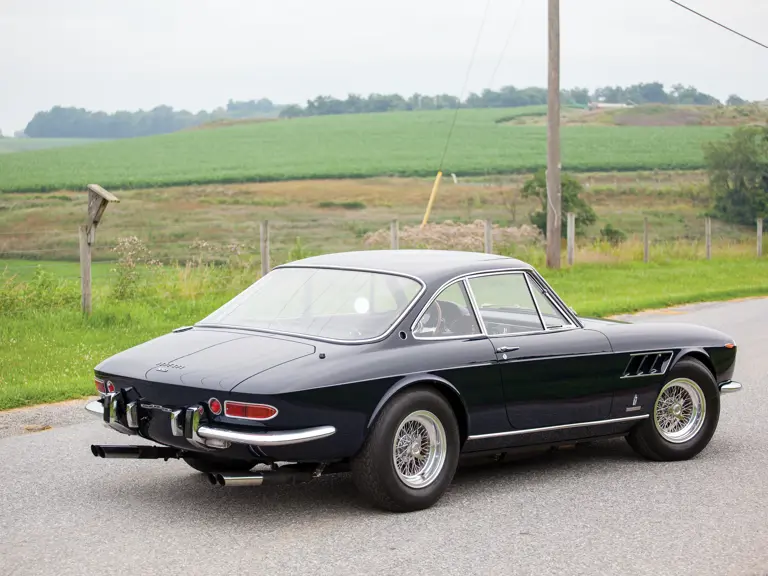
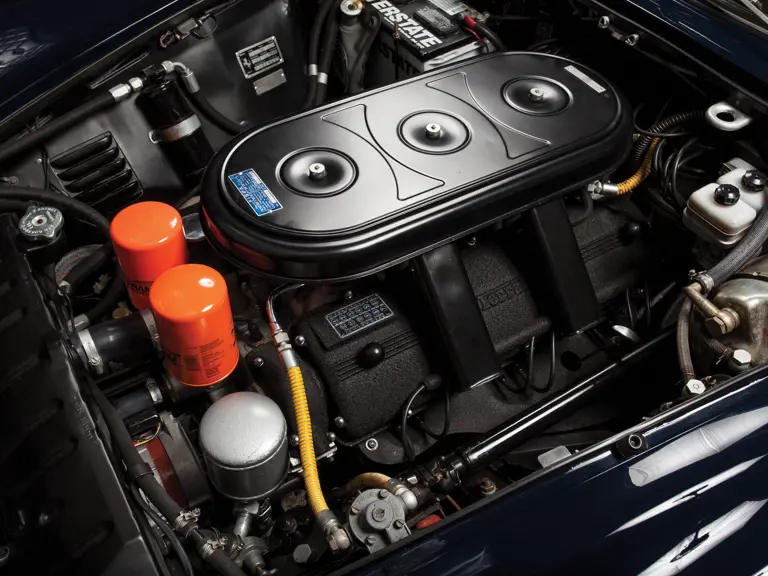





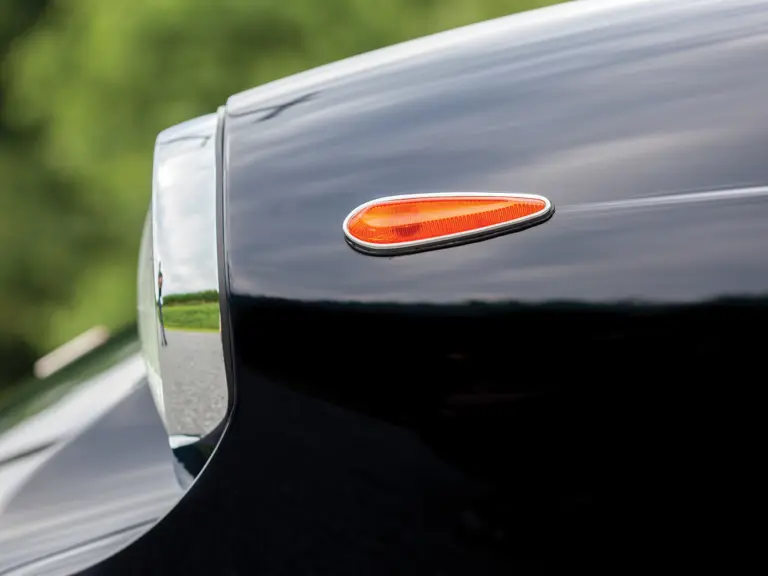
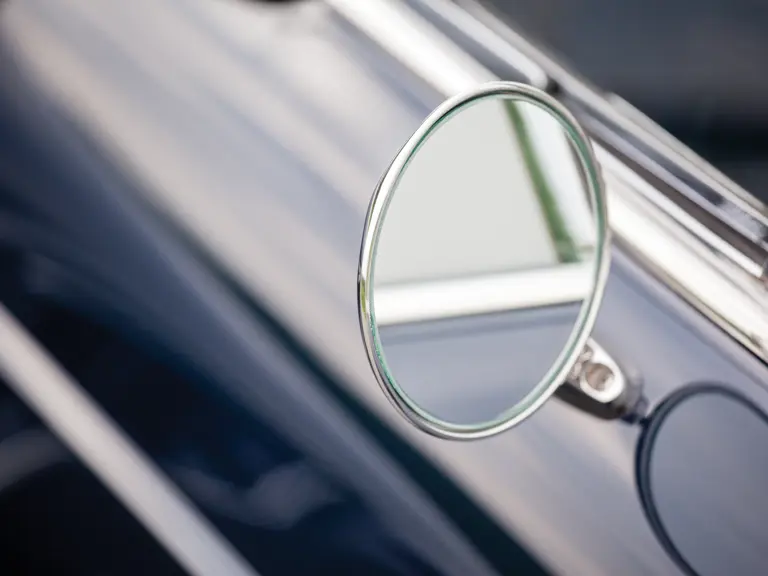
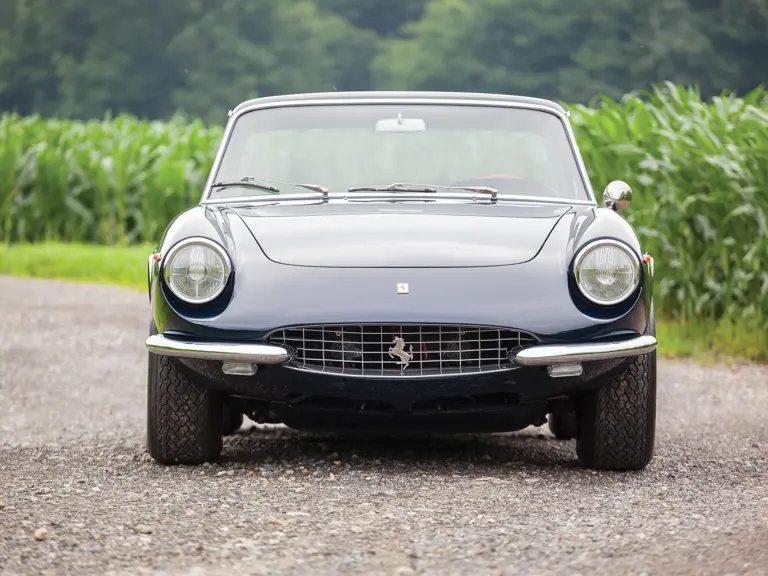
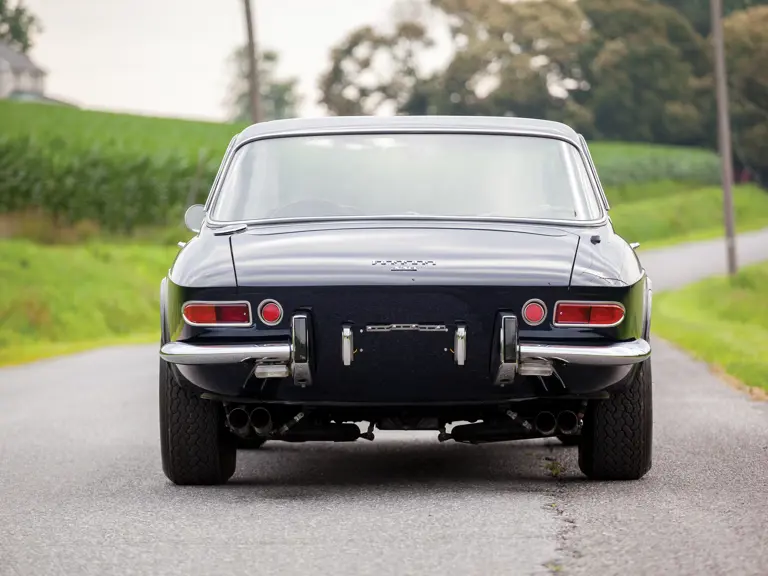
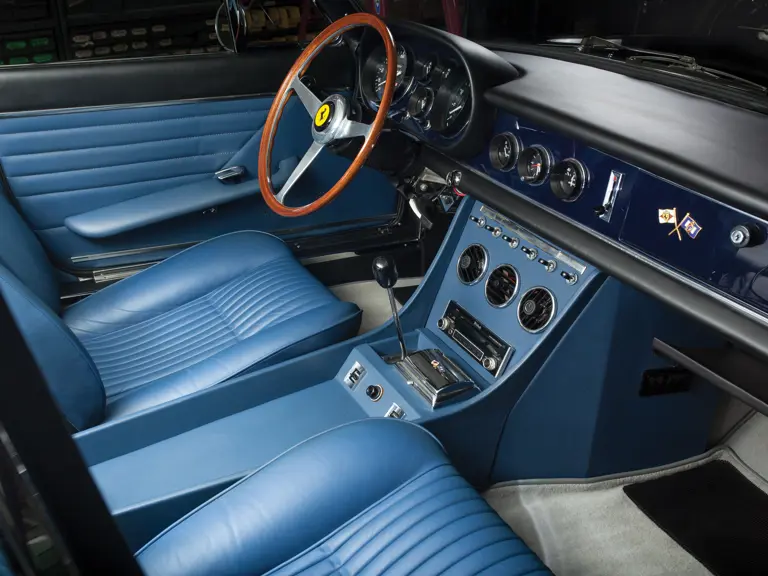
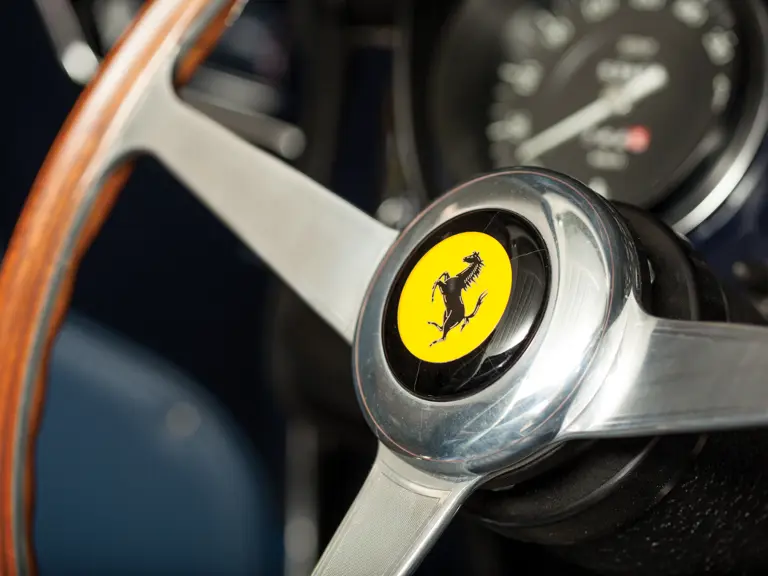
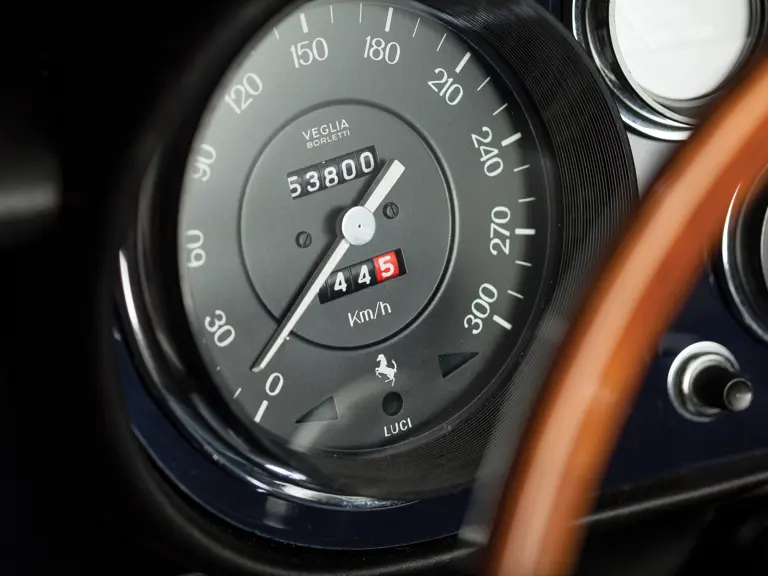
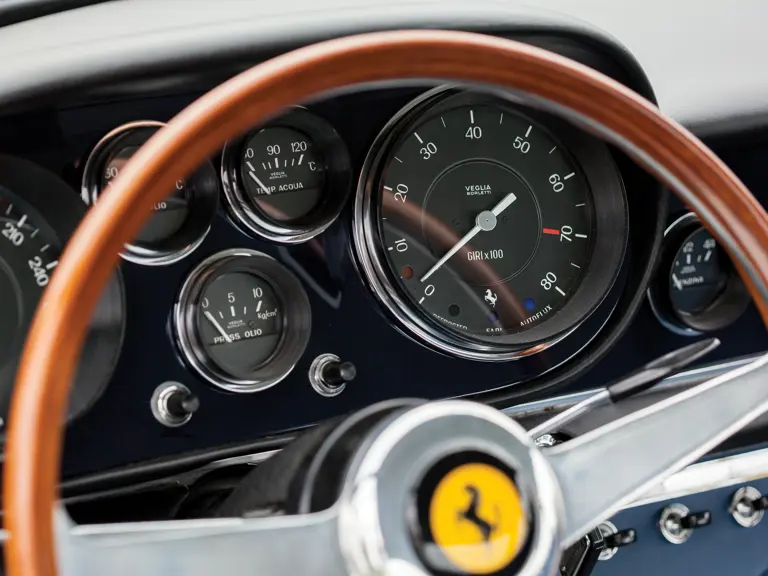

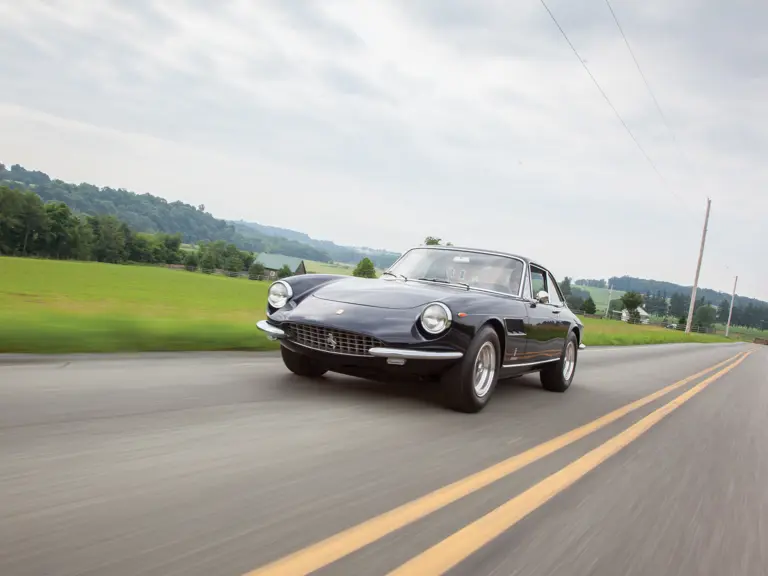
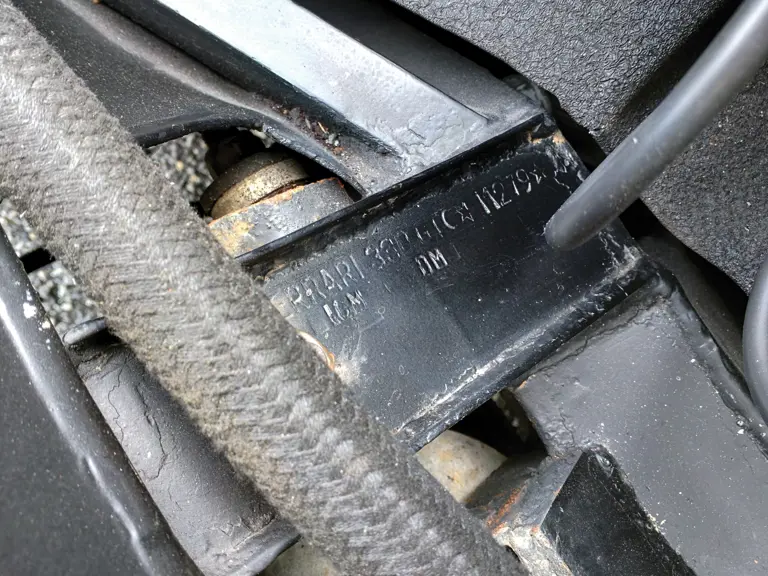
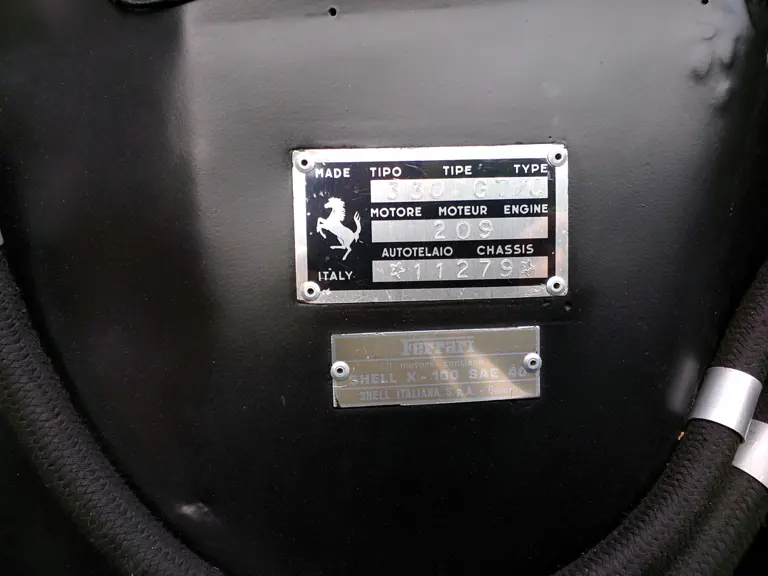
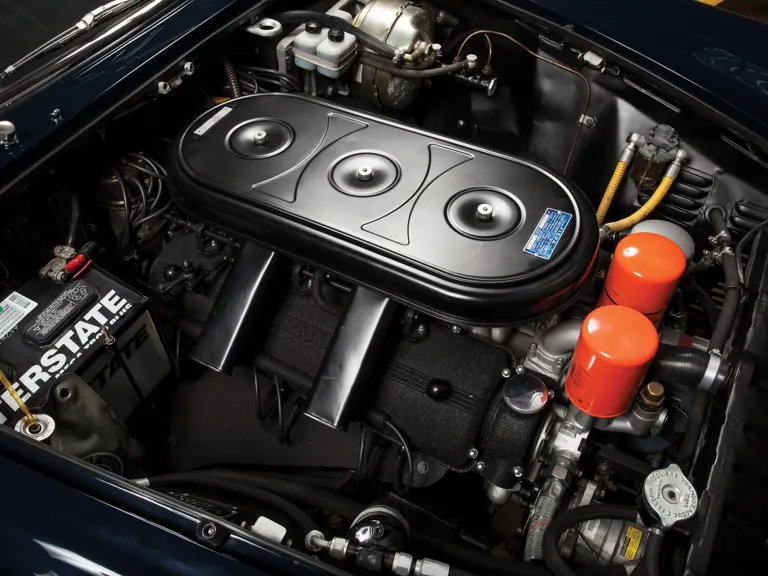

 | Monterey, California
| Monterey, California
